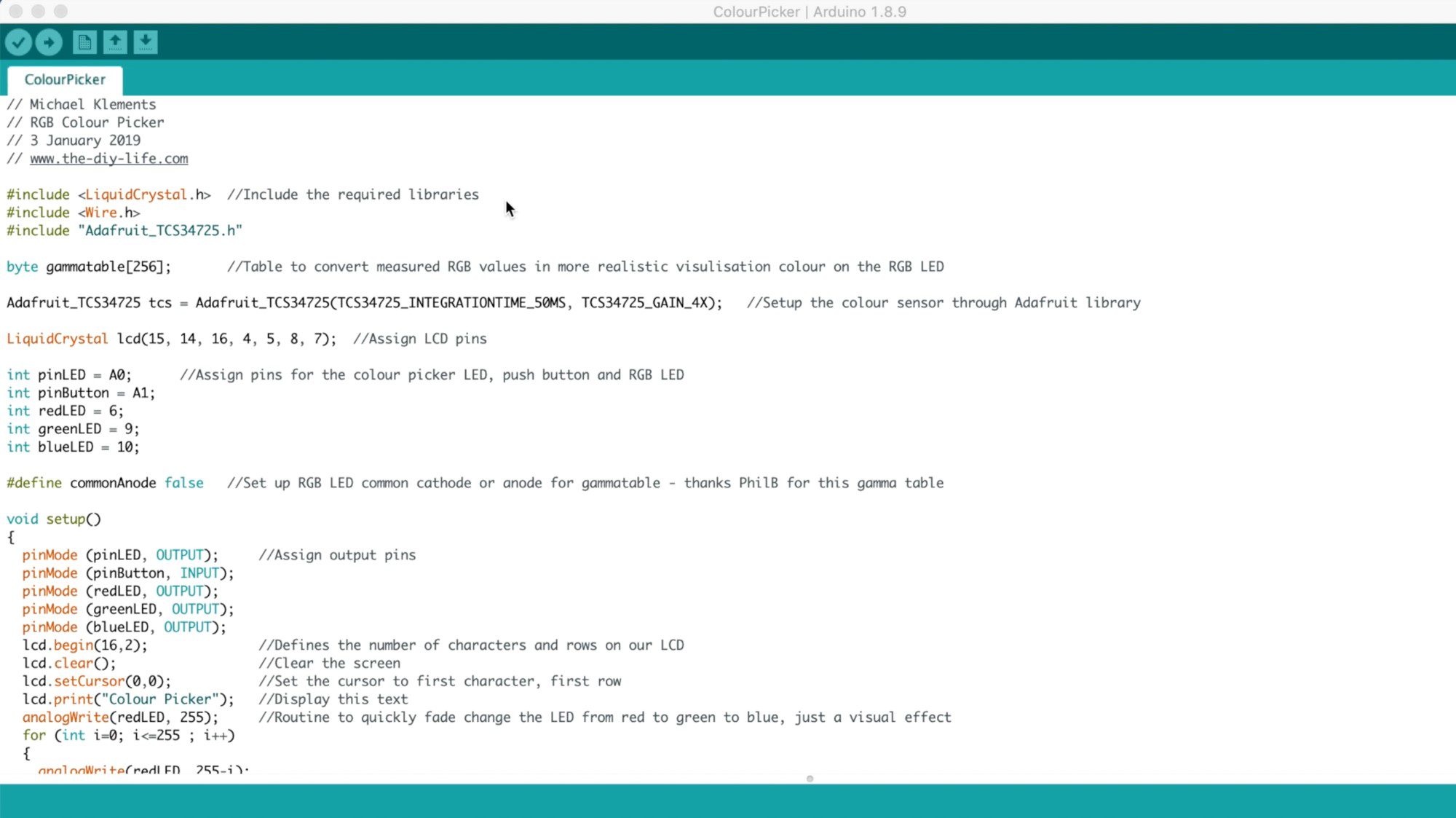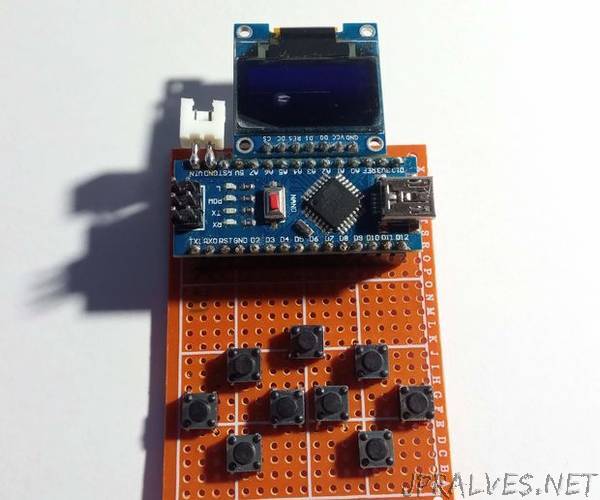

See the code below.Ĭonst char *My_CharArray =
#Arduino code language print to console serial#
We can print variables of all data types using the serial monitor.įor example, let’s define some variables and print them on the serial monitor. If we want to print a variable continuously, we have to print it inside the loop() function because the code inside the loop function runs in a loop while the Arduino is on.

If we only want to print the variables once on the serial monitor, we can use the Serial.print() function inside the setup() function because it only runs once when the Arduino board is turned on. In that case, we will use the print() function to print the first variable and then use the println() function to print the second variable and move the cursor to the next line, and then use the print() function again to print the third variable. The difference between these two functions is that the print() function will print the variable, and the cursor remains on the same line, but the cursor moves in the case of the println() function to the next line after printing the variable.įor example, suppose we want to print two variables on the same line and the third variable on the next line. We can use the Serial.print() and Serial.println() functions to print text and variables on the serial monitor. We can use the Serial.begin() function to begin the serial with a specific baud rate or speed. We can start the serial monitor using the Tools tab located on the toolbar of the Arduino IDE.

To print or show the value stored inside a variable, we can use the serial monitor of Arduino IDE. The console shows the code’s memory usage in bytes and the errors while verifying or uploading the code. The console is only to show the information in code verification and compilation. The Arduino IDE has a console at the bottom, but we cannot print anything on it. 十大代表決策的塔羅牌 Arduino Print to Console Using Serial Monitor


 0 kommentar(er)
0 kommentar(er)
